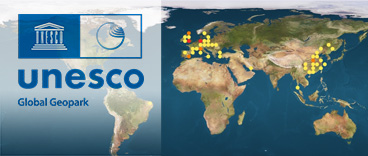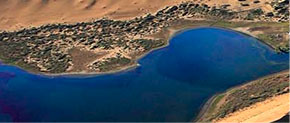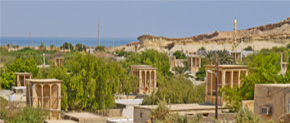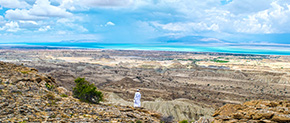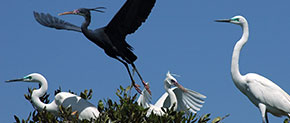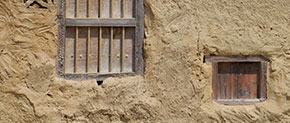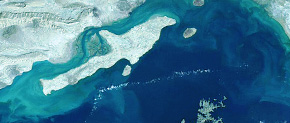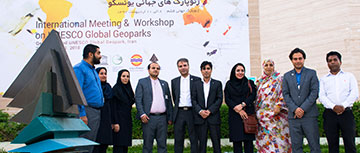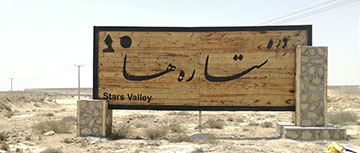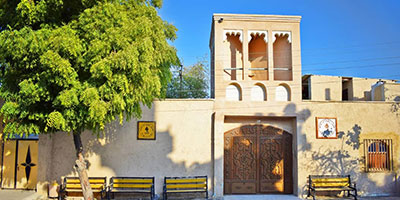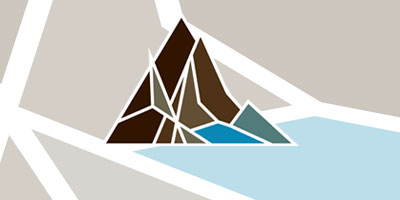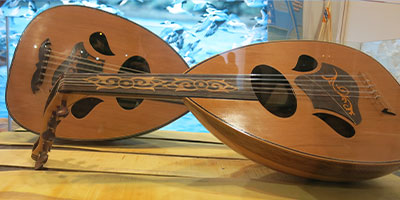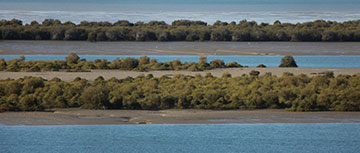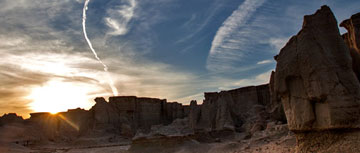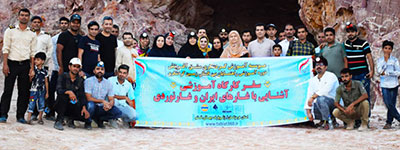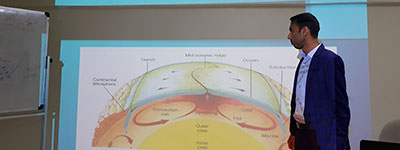Qeshm Island UNESCO Global Geopark Museum
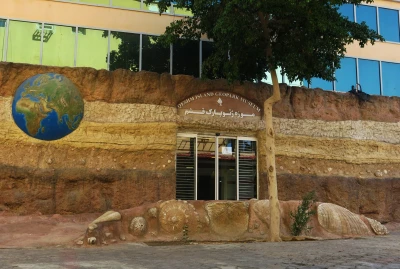
You can see the world’s smallest and largest mammals when you visit the museum. Have you ever seen or heard of Etruscan pigmy shrew? It is the smallest mammal on earth weighing about 2 grams. It is viviparous and feeds its babies with milk. These tiny creatures eat insects and pests. The pygmy shrew is often mistaken for a mouse, but the main distinguishing feature is that its head tapers into a long flexible snout.
The museum also hosts whales, the world’s biggest mammals. The skeleton of a humpback whale, 15 m in length, is among the attractions here.
If you are interested in birds but find it difficult to spot them in nature, this museum is the place for you. Tiny sunbird, one of the smallest birds in the world as well as other birds found in Qeshm Island such as the Dalmatian pelican, the heaviest bird known that can fly, and also an endangered species, can be seen here.
The museum hosts 3000 animal species and a collection of stones and seashells. Very well-crafted models of some of geological tourist attractions in Qeshm such as the world’s longest salt cave, hawksbill sea turtles breeding site, sandy beaches, humans from Paleolithic era on roof of Qeshm and Hara forests can be visited here as well.
Geopark Museum has covered all aspects of life on the Island, from the evidence of the presence of first humankind to contemporary handicrafts and environment. A 3D model of the Island is probably the most significant and fascinating feature of the museum and surely a unique example of its kind in the country, presenting all the geographical and geomorphological details.
Related downloads
Where Qeshm Island UNESCO Global Geopark Museum geosite is located ?




